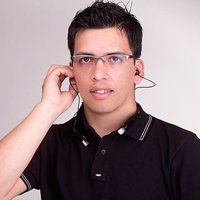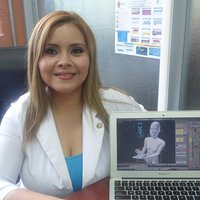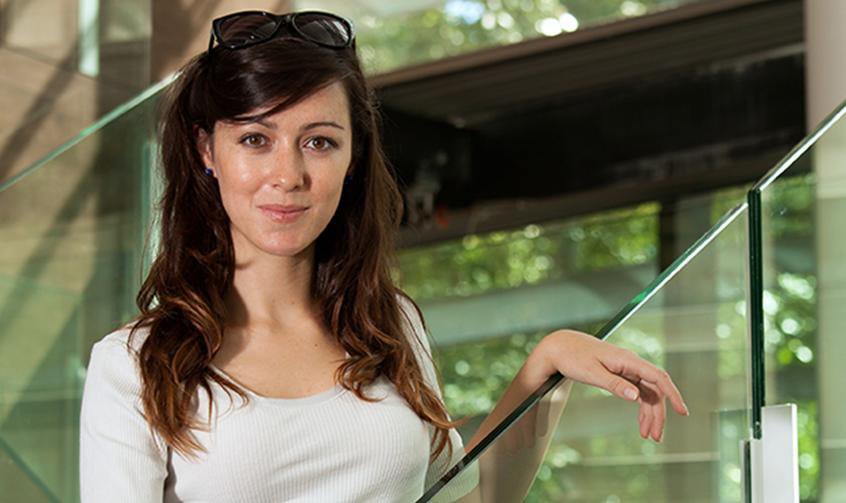"For dyslexic children, learning is not easy. This neurological disability, impairing the ability to read and write, is not rare at all: it is estimated that about about 15% of the population have dyslexia, and about 5-7% severely so. Dislexia derives from a localised weakness in the area of the brain where sounds are put together to form words, or viceversa).
Although there is no cure, specific training exercises help dyslexic children slowly improve their spelling and reading. Nevertheless, it is not through pen & paper that the best results are obtained. Luz Rello, recent PhD in Linguistics at Pompeu Fabra University (Spain) and now Postdoctoral Fellow at Carnegie Mellon University, was so convinced about this, that in the middle of her doctoral research she co-founded an innovative company, CookieCloud, ''a game developing team'' as they call themselves, with the specific aim to produce educational applications for dyslexic children. Based on her research, learning on a smartphone or a tablet learning is more joyful, and particularly effective on dyslexia. One of such games is called Dyseggxia and has been developed for iOS and Android. ''Our method does not use correct words or positive examples to follow, but presents the child a misspelled word as an exercise to solve'' says the young researcher. The results of tests conducted on 48 children between 9 and 11 years old where encouraging, with their spelling improving after only four weeks playing with the game, compared with those who played another word game. ''Other applications exist such as spellcheckers and word prediction software, however these do not actually improve the children's ability to learn, that is to avoid the same error the next time'' clarifies Rello.
Another area of tools developed by Rello at CookieCloud consists in software tools adapting text to the needs of dyslexic children. By varying the font size or type, using bold type for key words, and using simpler synonims of certain ''difficult'' words are all methods employed in her tests and applications. To understand which factors most eased comprehension, Rello incorporated man-to-machine interactive models whereby the machine (and the algorithm that she uses) learns from practical cases of errors made by dyslexic children. After 4 years of tests and a high number of tests, Rello could wrap up the outcome into one ''model'', called DysWebxia, basically a set of recommendations which have subsequently been integrated into several applications: so if Text4All adapts web pages to dislexic people, IDEAL ebook Reader, allows reading e-books on Android devices ,with a new application soon to be released on iOS. Magically, a complex web page like that of an online newspaper becomes more ''readable'' if red through Text4All's web service. Even Facebook, whose logo turns white to avoid capturing the attention where it is not needed.
''The tools have benefits on people without impairments, too. However, the improvements are far more important for dyslexic people''. The difference between learning and not learning."




